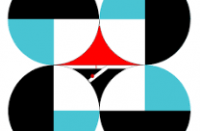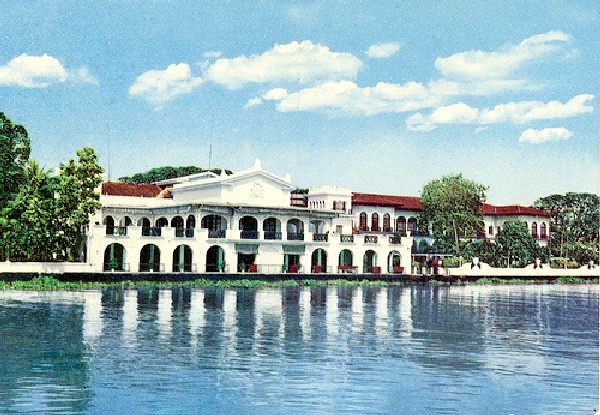(Eagle News)–The Metro Rail Transit-3 management has emphasized it puts the safety of its passengers first before revenue maximization, following a Commission on Audit report that noted that the country’s railway system’s revenues were down 26 percent since the Department of Transportation took over last year.
“Revenues require ridership, ridership requires trains, and it is unfortunate that the number of reliable and safe trains available to MRT-3 in 2018 went down due to years of neglect, bad maintenance practices, and failure to undertake scheduled overhaul and upgrading works,” the MRT said in a statement.
According to the MRT, since the Maintenance Transition Team took over after termination of Busan Universal Rail, Inc. in November 2017, measures have been taken to only deploy trains that are safe and reliable, and the previous MRT-3 administration’s practice of “force-deploying” trains regardless of their reliability and safety was halted.
The MRT-3 noted this practice may have been driven by “the commercial considerations of earlier maintenance providers, who get paid based on number of deployed trains, regardless of whether those trains break down during operations.”
“For example, BURI gets paid so long as they deploy 18-20 trains, even if those trains break down during operations and expose passengers to unsafe conditions,” the MRT-3 said.
It noted, however, that during that time, the railway system earned the label “MRTirik” as shown in the “hundreds” of unloading incidents that hounded the system from 2012 to 2017.
In addition to this, the MRT-3 noted that it inherited poorly maintained tracks and signaling system from the previous administration, which are a requirement to sustain ridership, hence, revenues.
While railway tracks are supposed to last 80-100 years when properly maintained, the MRT-3 said previous MRT-3 management failed to ensure the proper maintenance of tracks by earlier maintenance providers (for example, with regular rail grinding), resulting in premature rail degradation.
“MRT-3’s wheel lathe machine remained inoperable from 2014 up to when BURI was terminated in November 2017, resulting in rough train wheels, which added to the accelerated degradation of MRT-3’s tracks. The wheel lathe machine was only restored by MRT-3 MTT in March 2019,” the MRT said.
A railway’s signaling system, meanwhile, is usually upgraded every 10-15 years, but the MRT said even when receiving budget from Congress as early as General Appropriations Act 2014, the previous MRT-3 management failed to timely implement the same.
The MRT said BURI had not even started doing this when it was terminated in November 2017, or four years after Congress gave the budget.
“Degraded tracks plus an obsolete signaling system resulted in the capacity-lowering combination of lowered operating speed (from 60-kph to 30-kph) and increased headway or the gaps between trains (from 3.5 mins. to 7.5-10 mins.)” to ensure the safety of passengers, the MRT-3 said.
According to the MRT-3, “years of mismanagement” resulted in the “compounded degradation” of MRT-3, but the new administration has “successfully halted and stabilized” this in 2018, and this is being “reversed with the 26-month comprehensive rehabilitation of the railway by Sumitomo-Mitsubishi Heavy Industries (MHI) from May 2019 to July 2021.”
The MRT-3 said backed by the Japanese Government through a 40-year Official Development Assistance loan, the railway system is on track to completing rehabilitation works within 26 months, or by July 2021.
By then, MRT-3 ridership is expected to increase from the current workday average of 320,000 up to 650,000, or near its peak of 622,880 passengers carried on a single day on August 17, 2012, the MRT said.
“In the meantime, the DOTr will remain committed to its passengers’ safety first policy, and will not gamble with passengers’ lives and safety, in exchange for increased revenues,” it added.








